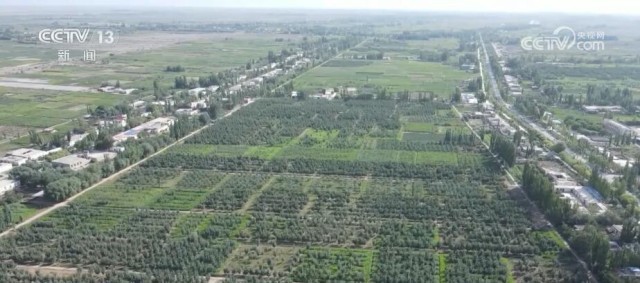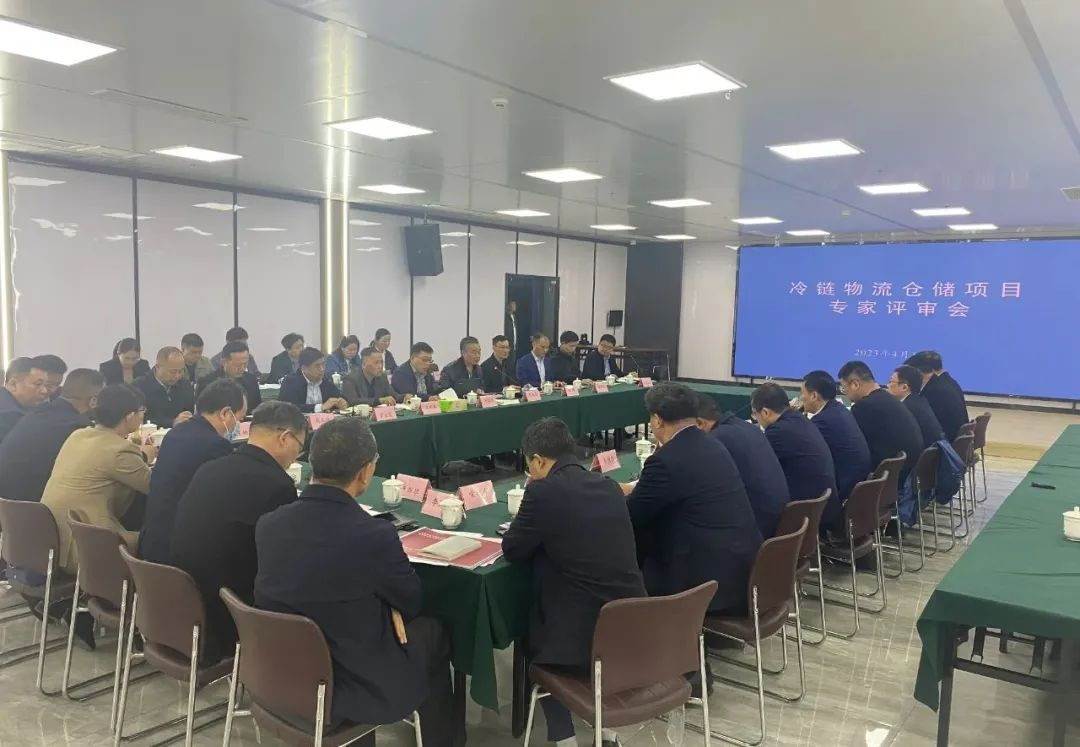欧美日对“常温”、“室温”和“冷链”的定义大全

翻译:julia 来自:蒲公英
02.03.2017
What are the regulatory Definitions for "Ambient", "Room Temperature" and "Cold Chain"?
法规对“常温”、“室温”和“冷链”的定义是什么?
On the outer packaging of pharmaceutical products one often finds labels with storage requirements like, for example, "ambient", "room temperature" and "cold chain". But what do they exactly mean? And do these conditions also apply during transport?
在药品的外包装上,我们经常会看到标签上有存贮的要求,如“常温”、“室温”以及“冷链”。它们是什么意思呢?这些条件是否也适用于运输过程?
The second question is easy to answer: "The required storage conditions for medicinal products should be maintained during transportation within the defined limits as described by the manufacturers or on the outer packaging." (EU GDP Guidelines). But according to the PIC/S Good Distribution Guide these conditions should also be applied for transportation (see section 9.2.1).
第二个问题很容易回答。“药品在运输过程中应维持在生产商给定的或在外包装上指定的存贮条件范围内”(EU GDP指南)。根据PIC/S的GDP指南,这些条件也需要应用于运输过程中(参见第9.2.1部分)。
With the first question, it is more difficult. Here, different definitions can be found.
第一个问题则要更难回答一点。在不同的地方有不同的界定。
The European Pharmacopoeia (Pharm.Eur.) gives some hints in chapter 1.2 (Other provisions applying to general chapters and monographs) with referring to analytical procedures:
欧洲药典在第1.2章给出了一些暗示,引用了分析方法(其它条款适用于通则和各论)
Deep-freeze: below -15°C;
Refrigerator: 2°C to 8°C;
Cold or cool: 8°C to 15°C;
Room temperature: 15°C to 25°C.
深冷: -15°C以下
冷冻:2-8°C
低温或凉温:8-15°C
室温:15-25°C
There are also some definitions in the WHO Guidance:
在WHO指南中,也有一些定义:
Store frozen: transported within a cold chain and stored at -20°C (4°F).
Store at 2°-8°C (36°-46°F): for heat sensitive products that must not be frozen.
Cool: Store between 8°-15°C (45°-59°F).
Room temperature: Store at 15°-25°C (59°-77°F).
Ambient temperature: Store at the surrounding temperature. This term is not widely used due to significant variation in ambient temperatures. It means "room temperature" or normal storage conditions, which means storage in a dry, clean, well ventilated area at room temperatures between 15° to 25°C (59°-77°F) or up to 30°C, depending on climatic conditions.
冷冻存贮:需要冷链运输,并存贮在-20°C(4°F)
2-8°C(36-46°F)存贮:不能冷冻的热敏药品
低温:在8-15°C(45-59°F)存贮
室温:在15-25°C(59-77°F)存贮
常温:环境温度存贮。该术语使用不广泛,因为常温变化很大。它表示“室温”或常规存贮条件,意思是说存贮在15-25°C(59-77°F)之间的室温、干燥通风环境中,或者根据气候条件可能达到30°C。
And the U.S. Pharmacopeia (USP) has some references.USP <659> "Packaging and Storage Requirements" gives various examples for different storage conditions, for example:
美国药典则有一些章节可供参考。在USP<659>章节“包装和存贮要求”中给出了不同存贮条件的例子,例如:
Cold: Any temperature not exceeding 8°C (46 °F).
Cool: Any temperature between 8° and 15° (46° and 59 °F)
Room temperature: The temperature prevailing in a work area.
Controlled room temperature: The temperature maintained thermostatically that encompasses at the usual and customary working environment of 20°-25° (68°-77 °F). Excursions between 15° and 30° (59° and 86 °F) that are experienced in pharmacies, hospitals, and warehouses, and during shipping are allowed. Provided the mean kinetic temperature does not exceed 25°, transient spikes up to 40° are permitted as long as they do not exceed 24 h. Spikes above 40° may be permitted only if the manufacturer so instructs.
Warm: Any temperature between 30° and 40°C (86° and 104 °F).
Excessive heat: Any temperature above 40° (104 °F).
低温:8 ?C(46 ?F)以下
凉处:8-15 ?C(46-59 ?F)
室温:工作区域的主导温度
受控室温:在常规工作环境中采用温控方式控制在20-25 ?C(68-77 ?F)。在药房、医院和仓库里,以及在运输中允许在15-30 ?C(59-86 ?F)之间波动。如果平均动力学温度不超过25 ?C,允许在24小时以内温度升至不超过40 ?C。只有生产商有说明时,温度才可以超过40 ?C。
暖温:30-40 ?C之间(86-104 ?F)
热温:高于40?C(104 ?F)
The Japanese Pharmacopeia (JP) describes temperature for tests or storage as follows:
日本药典对检测和存贮温度描述如下:
Cold: 1°C - 15°C
Standard temperature: 20°C
Ordinary temperature: 15°C - 25°C
Room temperature: 1°C - 30°C
Lukewarm: 30°C - 40°C
低温:1-15 ?C
标准温度:20 ?C
常温:15-25 ?C
室温:1-30 ?C
暖温:30-40 ?C
This is not overall harmonised, as this simple summary shows:
下面的简单汇总可以看出这些规定并不一致:
Pharm. Eur.
WHO
USP
JP
Frozen/ deep-freeze
>-15°C
-20°C
-
-
Refrigerator
2°C – 8°C
-
-
-
Cold
8°C – 15°C
2°C – 8°C
<8°C
1°C – 15°C
Cool
8°C – 15°C
8°C – 15°C
8°C – 15°C
-
Room temperature
15°C – 25°C
15°C – 25°C
temperature prevailing in a work area
1°C – 30°C
Controlled room temperature
-
-
20°C – 25°C
excursions between 15°C and 30°C are allowed-
Ambient temperature
-
15°C – 25°C or 30°C depending on climatic conditions
-
-
EP
WHO
USP
JP
冷冻/深冷
>-15°C
-20°C
-
-
冷藏
2°C – 8°C
-
-
-
低温
8°C – 15°C
2°C – 8°C
<8°C
1°C – 15°C
凉处
8°C – 15°C
8°C – 15°C
8°C – 15°C
-
室温
15°C – 25°C
15°C – 25°C
工作区域一般温度
1°C – 30°C
受控室温
-
-
20°C – 25°C
允许波动范围15°C – 30°C
-
常温
-
根据气候条件
15°C – 25°C 或 30°C
-
-
And then there is the EMA GUIDELINE on DECLARATION OF STORAGE CONDITIONS from 2007, requiring that the storage conditions given in the package leaflet (PL) and the labelling of medicinal products should refer to the stability studies made for the finished product:
还有EMA在2007年的存贮条件声明中要求药品说明书和标签中给定的存贮条件应该引用药品稳定性试验。
Testing conditions where the product is stable
Required labelling statement
Additional labelling statement, where relevant
25°C/60%RH (long term)
40°C/75%RH (accelerated)
or
30°C/65%RH (long term)
40°C/75%RH (accelerated)
None
(The following PL statement is required:
This medicinal product does not require any special storage conditions.)
Do not refrigerate or freeze
25°C/60%RH (long term)
30°C/60 or 65%RH (intermediate) or
30°C/65%RH (long term)
Do not store above 30°C or Store below 30°C
Do not refrigerate or freeze
25°C/60%RH (long term)
Do not store above 25°C or Store below 25°C
Do not refrigerate or freeze
5°C ± 3°C (long term)
Store in a refrigerator
or
store and transport refrigerated
Do not freeze
Below zero
Store in a freezer
or
store and transport frozen
药品稳定性的测试条件
标签声明要求
其它的标签声明
25°C/60%RH (长期)
40°C/75%RH (加速)
或
30°C/65%RH (长期)
40°C/75%RH (加速)
无
(要求有以下的标签声明:药品不需要任何特殊存贮条件)
不能冷藏或冷冻
25°C/60%RH (长期)
30°C/60 or 65%RH (中间条件)或
30°C/65%RH (长期)
勿在30°C以上存贮或
30°C以下存贮
不要冷冻或冷藏
25°C/60%RH (长期)
勿在25°C以上存贮或
25°C以下存贮
不要冷冻或冷藏
5°C ± 3°C (长期)
冰箱保存或
冷藏存贮和运输
不要冷冻
零下
冷冻柜存贮或
冷冻存贮和运输
So, as a resume, terms like "ambient", "room temperature" and "cold chain" should be avoided as the only labelling for storage or transport boxes and containers because they are not always clear and might have different meanings in other parts of the world. Storage conditions are always better explicitly specified in terms of a defined temperature range (e.g., 15°C -25°C or +2°C to +8°C). Particular attention should be given to avoiding freezing of liquids and semi-solids.
总体来说,应避免在存贮和运输盒上和包装上仅仅使用像“常温”、“室温”及“冷链”之类的术语,因为这些术语并不总是很清晰,可能在世界上其它地方有不同的含义。存贮条件最好是指定清晰的温度范围(例如,15-25°C或+2至+8°C)。尤其要注意避免液体和半固体的冷冻。
冷链服务业务联系电话:19937817614

华鼎冷链是一家专注于为餐饮连锁品牌、工厂商贸客户提供专业高效的冷链物流服务企业,已经打造成集冷链仓储、冷链零担、冷链到店、信息化服务、金融为一体的全国化食品冻品餐饮火锅食材供应链冷链物流服务平台。
标签:
上一篇:宁德时代与新希望旗下鲜生活冷链达成合作,推动冷链物流电动化台州神仙居简介,穿越仙境,尽享自然之美!
下一篇:返回列表

 冷链新闻
冷链新闻 企业新闻
企业新闻 展会新闻
展会新闻 物流新闻
物流新闻 冷链加盟
冷链加盟 冷链技术
冷链技术 冷链服务
冷链服务 冷链问答
冷链问答 网站首页
网站首页 冷链新闻
冷链新闻









